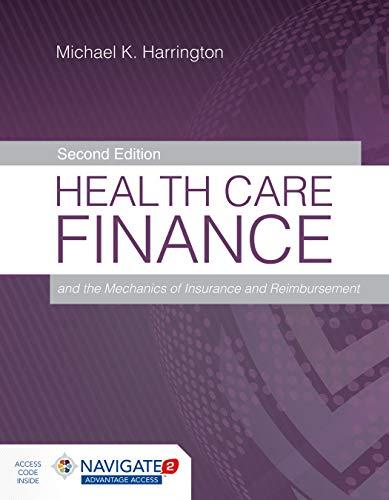Answered step by step
Verified Expert Solution
Question
1 Approved Answer
Parts A through D, G, and H Each part of the problem has two or three sub-items. Please be sure to complete each sub-item for

 Parts A through D, G, and H Each part of the problem has two or three sub-items. Please be sure to complete each sub-item for each part of the case. Please use excel as much as you can for this problem.
Parts A through D, G, and H Each part of the problem has two or three sub-items. Please be sure to complete each sub-item for each part of the case. Please use excel as much as you can for this problem.
Step by Step Solution
There are 3 Steps involved in it
Step: 1

Get Instant Access to Expert-Tailored Solutions
See step-by-step solutions with expert insights and AI powered tools for academic success
Step: 2

Step: 3

Ace Your Homework with AI
Get the answers you need in no time with our AI-driven, step-by-step assistance
Get Started


